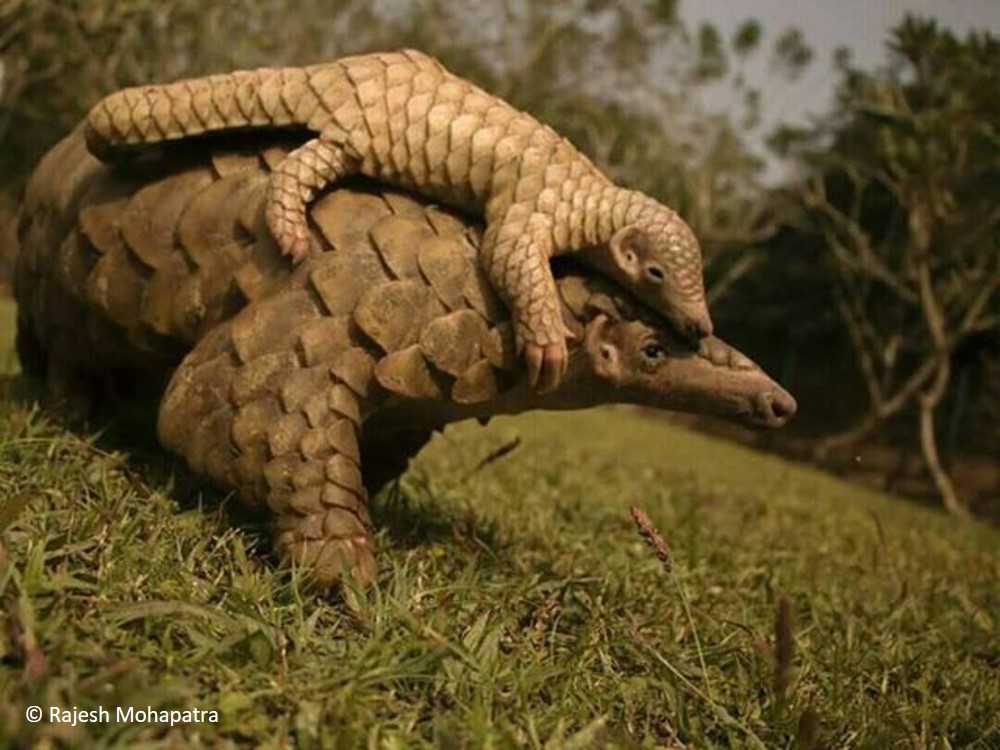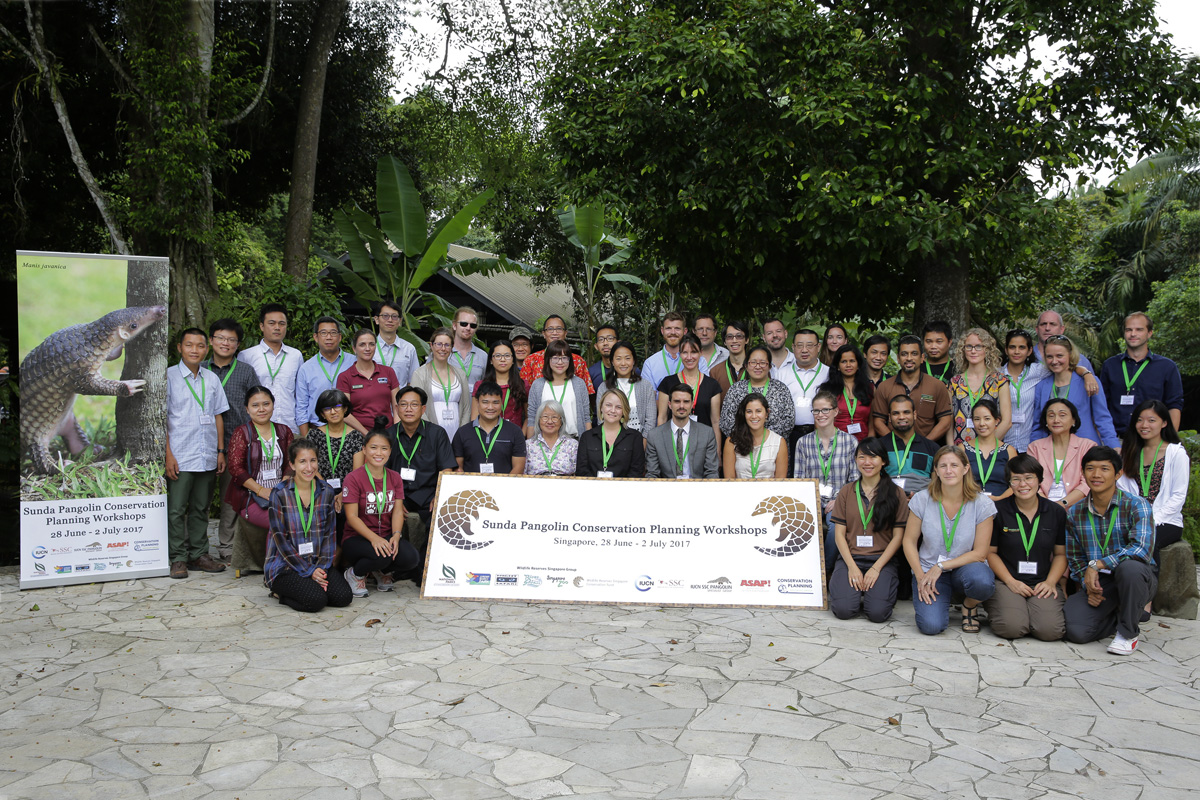World Pangolin Day is the third Saturday in February (20th February this year). It represents a chance to celebrate all things pangolin and supports conservation of the Manidae. World Pangolin Day 2021 will likely be unusual for many people in different parts of the world because of ongoing lockdowns and restrictions related to the COVID-19 pandemic. However, it may offer a greater opportunity than ever to introduce people to the scaly critters as events are held virtually and people in lockdown or under other restrictions look for something to do. One thing is for sure (and I feel like I say this every year) – World Pangolin Day 2021 promises to be the biggest and most impactful yet. From in-person roundtables with government ministers to online talks spanning across the time zones, to people drinking pangolin beer, and those running around dressed up as a pangolin, there is something for everybody wishing to celebrate pangolins, raise awareness of their plight, and support their conservation.
Indian pangolin with young © Rajesh Mohapatra.
The challenges caused by the COVID-19 pandemic are multi-faceted. The pandemic has caused untold social and economic harm in many parts of the world and has likely affected biodiversity conservation in myriad ways, including ones unforeseen and not yet identified. Some places, sectors, and economies have been hit particularly hard, including the wildlife tourism sector in sub-Saharan Africa. The impact this may have on pangolins and their conservation in particular is hard to determine. Equally concerning is how the global public have, and are, reacting to the ongoing investigations into the role of wildlife species, including pangolins, in the emergence of COVID-19. There remains no conclusive evidence that pangolins were involved in the transmission of SARS-CoV-2 to humans. Yet, the association alone could lead to greater persecution of pangolins because of perceived disease risks. On the other hand, it could theoretically mean that where pangolins occur, people decide to leave them alone for similar reasons. This could be beneficial if it results in less disturbance and lower levels of poaching and trafficking. This dynamic will likely vary over space and time and monitoring this situation is just one of the challenges facing pangolin conservationists looking forward.
World Pangolin Day is always a time to reflect on the conservation of the Manidae. This year will be slightly different for me personally because I will leave my post as Chair of the Pangolin Specialist Group (PSG) at the end of February 2021 after nine years at the helm. Whenever I am asked about my research and work on pangolins I always conclude that there ought to be huge amounts of optimism around conserving pangolins in the immediate but also long-term future. This is principally because in the time that I have been Chair the pangolin conservation landscape has changed beyond recognition. I started by co-chairing the group with Prof. Jonathan Baillie (then at ZSL, now On the Edge Conservation) in 2012 when I was a doctoral student (and only 29!). At the time there was no international network linking up pangolin conservationists from different parts of the world. We re-formed the PSG with a vision of putting pangolins firmly “on the map” as species in need of immediate conservation attention and investment. Through the collective efforts of the PSG membership, our partners and collaborators, and donors, I think we have achieved this to a large extent. It is now difficult to keep up with the number of researchers and projects springing up dedicated in particular to advancing knowledge of pangolins and delivering conservation of the species. The group has transformed from a small network where the first in-person meetings involved a handful of members to a galvanised international community of close to 150 members from nearly 40 countries.
Participants of Sunda pangolin conservation planning workshops, Singapore, 2017 © David Tan/Wildlife Reserves Singapore.
We have also taken concrete steps to advance conservation of the species. Beyond international meetings of our members, the group has published action plans for the Sunda and Philippine pangolins and led on the development of what will hopefully become standardised methods for monitoring pangolin populations. We have collectively documented the latest knowledge on pangolins and their threats and conservation in order to conduct repeated status assessments. We have also engaged heavily with international policy instruments ensuring the world’s governments have access to the latest technical and scientific information to inform decision-making in CITES. More encouraging than all these activities though are the endogenous pangolin conservation initiatives and projects that are appearing in range countries including from Liberia to South Africa and from Pakistan to the Philippines. This gives me lots of optimism for the future. I’m optimistic that a now established international network which works together with practitioners and agencies at a more local level has never been better placed to deliver effective pangolin conservation.
There is no doubt that the challenges facing pangolin conservation are many, which include those related to COVID-19 and those not. How will illegal trade be stopped? Is there the political will to prioritise pangolin conservation across range states? What now for pangolins in CITES? Can local solutions be found to mitigate the threats the species face? These are just a few. As I step down as Chair I leave the group in a strong position and with new leaders ready to take up the reins with a shared vision and lots of energy to overcome these challenges. This World Pangolin Day I raise my glass to the PSG and toast our future.
Enjoy World Pangolin Day 2021 however you celebrate it.
Dr Dan Challender
Chair, IUCN SSC Pangolin Specialist Group





